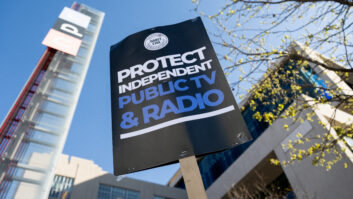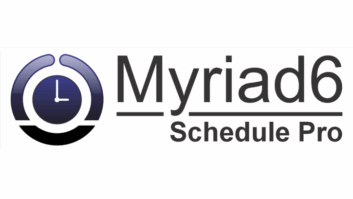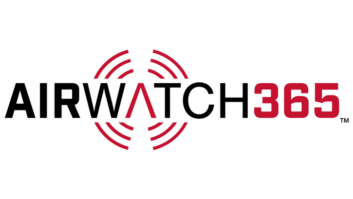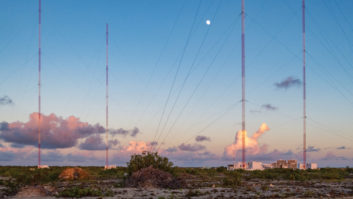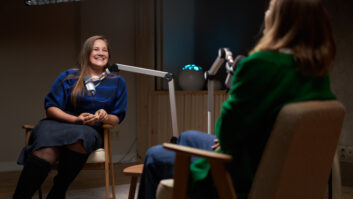Podcasts. Social. The mobile revolution.
Public radio has been in the middle of them all; now a survey provides some fresh insights into how this part of our industry is evolving.

The information comes from Jacobs Media, which partnered with the Public Radio Program Directors Association to release its annual Public Radio Tech Survey recently. It reflects input from some 19,000 listeners to 54 public radio stations.
I always find the Jacobs research insightful, whether the company is studying habits of listeners to public radio, rock formats or radio at large. Jacobs also publishes a useful Tech Survey in the spring, around NAB Show time, that I’ve shared with you before.
Jacobs takes pains to emphasize that this survey does not represent all public radio listeners or each station’s total audience, but the results provide context for important industry decision-making. Note that most respondents are members of stations’ email databases; the responses were gathered online and weighted by market size.
Here’s how Jacobs summarizes its findings. The commentary in these bullets is directly from Jacobs Media:
• The “why” of public radio: It’s about learning, credibility and objectivity, and a deeper perspective into news that drives ongoing public radio usage. Each of these values is mentioned by at least three-fourths of PRTS7 respondents.
• On-demand: Weekly usage of video streaming platforms like YouTube and Netflix is higher among public radio listeners than streaming audio channels like Pandora and Spotify.
• The rise in podcasting: Nearly one-fourth (23 percent) of public radio partisans agree they’re listening to more on-demand content from their favorite public radio stations and networks. And more than four in 10 (44 percent) say they’ve listened to a podcast or on-demand audio in the past month. Among Millennials, three-fourths (76 percent) have accessed on-demand audio or podcasts in the past 30 days.
• And the winner is … : The most popular podcast among public radio respondents is “This American Life,” followed by “Wait Wait … Don’t Tell Me!” “Radio Lab,” “Serial” and “Fresh Air.”
• The mobile revolution: Nearly eight in 10 (78 percent) PRTS7 respondents own a smartphone, while six in 10 (61 percent) carry a tablet.

• The NPR One app: Among those who have downloaded it, the NPR One app is used frequently, receives strong performance ratings, and appears to be driving more public radio listening.
• WOM: When it comes to recommendation, public radio stations continue to excel, although this year’s Net Promoter Score is the lowest since the PRTS studies began. Still, the NPS level of 64 is exceptional, led by women, as well as members of Generations X and Y.
• Socializing: Nearly eight in 10 (78 percent) public radio devotees are in the social space, led by Facebook and LinkedIn. But these platforms vary considerably by public radio formats, generation and gender.
• Big news: By 4 p.m., one-third (33 percent) of public radio listeners say they’re very informed about the big news stories of the day. Most credit their local public radio stations and NPR new reports, but younger fans are more apt to have gotten their news and information from social media and national news websites.
• Car radio rules: Of those in the market for a new vehicle in the next year, nearly nine in 10 (89 percent) say an AM/FM radio is very important. However, many are also interested in new in-car technology, including Bluetooth and an AUX IN connector.
Jacobs President Fred Jacobs stated in the announcement, “The public radio audience is on the move, increasing its use of digital media. Fortunately, the system is answering changing audience needs with podcasts like ‘Serial’ as well as mobile applications like the NPR One app.”
The survey was released in conjunction with the PRPD’s Public Radio Content Conference in Pittsburgh in late September.
You can read more details at www.jacobsmedia.com and see more slides like the ones shown here.
